Bought a new phone recently? You probably won’t see a USB adapter in the box unless it supports a proprietary fast-charging standard. That’s a big deal, especially as we’re all carrying around more gear these days – laptops, headphones, keyboards and mice, and whatever else you might be toting. Getting the best phone charger for your needs is crucial, so we have the key details you’ll want to spot and some solid product recommendations.
Depending on your device load and whether you’ll be using any given adapter at home or on the go, you may decide to go for a compact, single-port wall wart that fits snugly in your backpack or purse or a more robust block acting as a semi-permanent fixture hanging off an outlet in your bedroom or lounge that can speedily juice up multiple devices at once. We’ll feature a little bit from both categories as we go on. You can also scroll to see some acronyms to look for when making your purchase considerations.
-
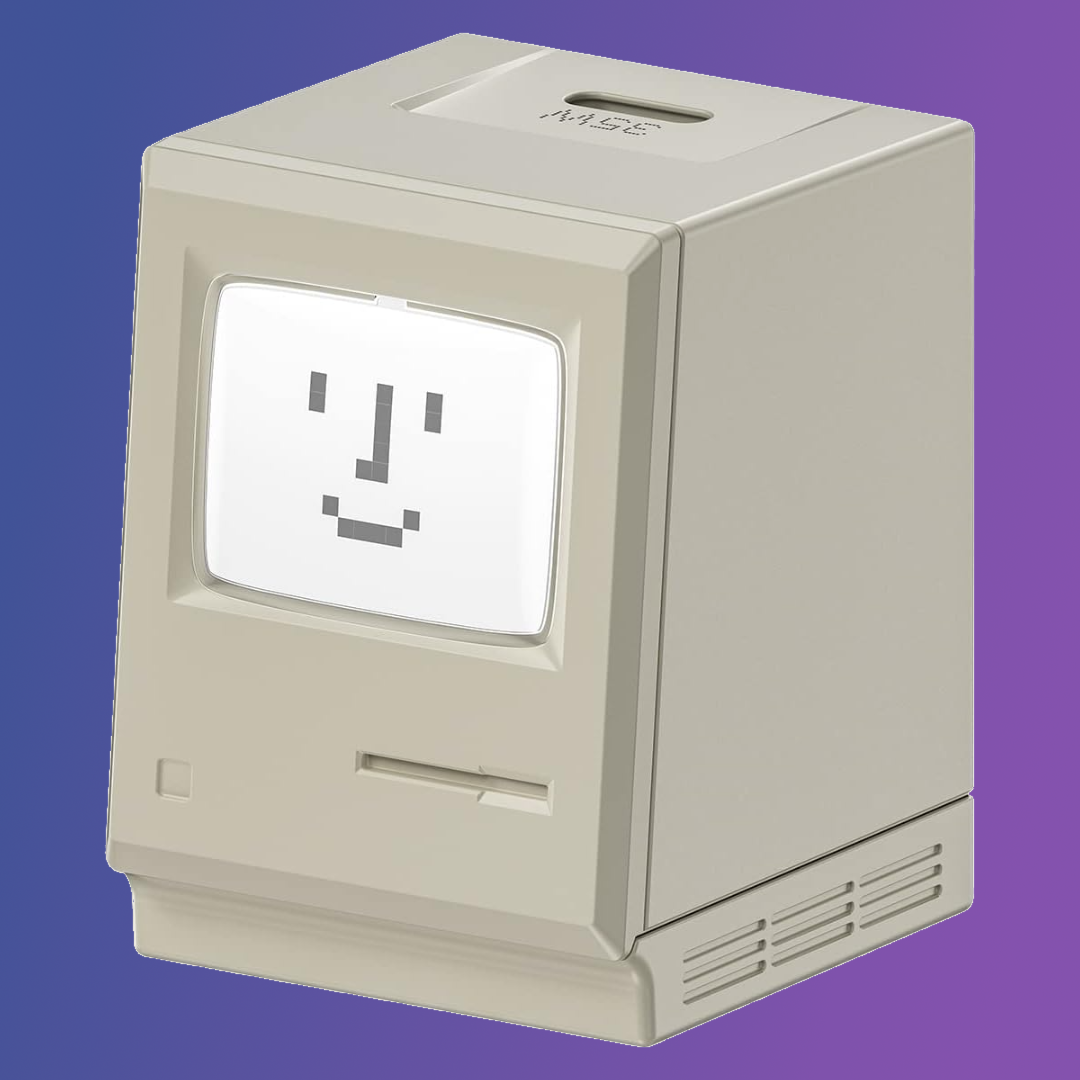
Shargeek Retro 35w Charger
1. Most unique USB charger
-
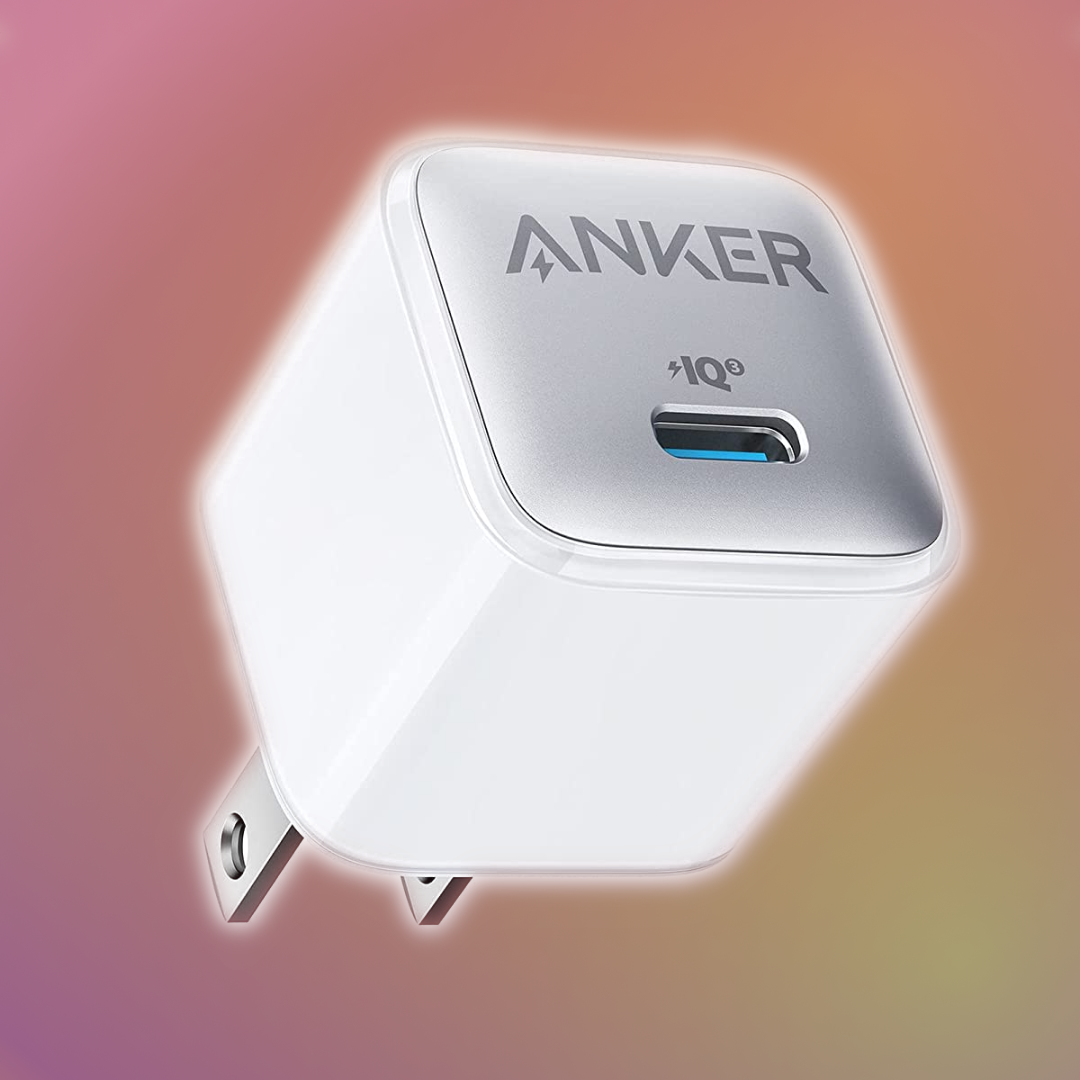
Anker
Anker 511 Charger (Nano 3, 30W)
2. Best compact USB charger
-
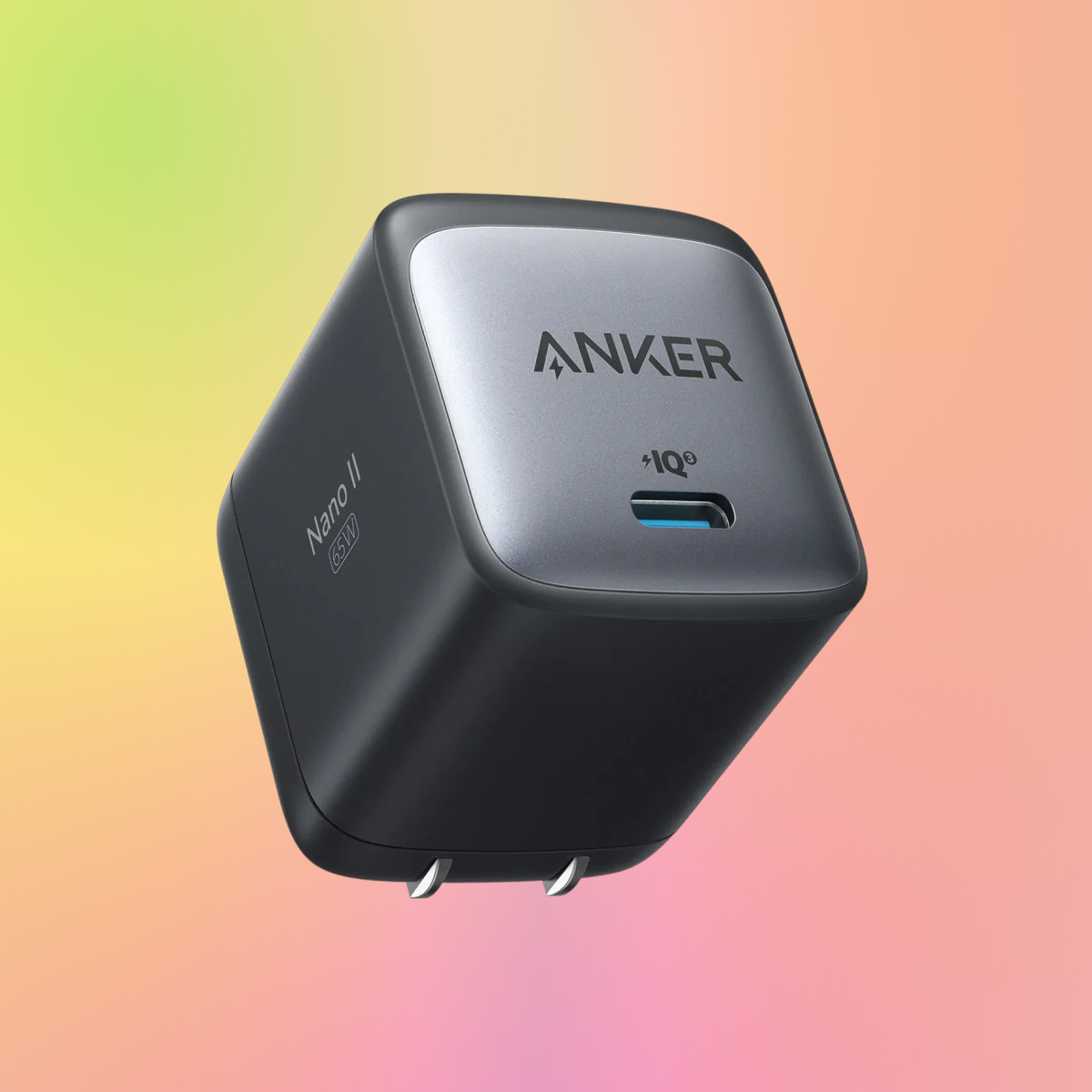
Anker
Anker 715 Nano II 65W Charger
3. Most powerful single-port USB charger
-
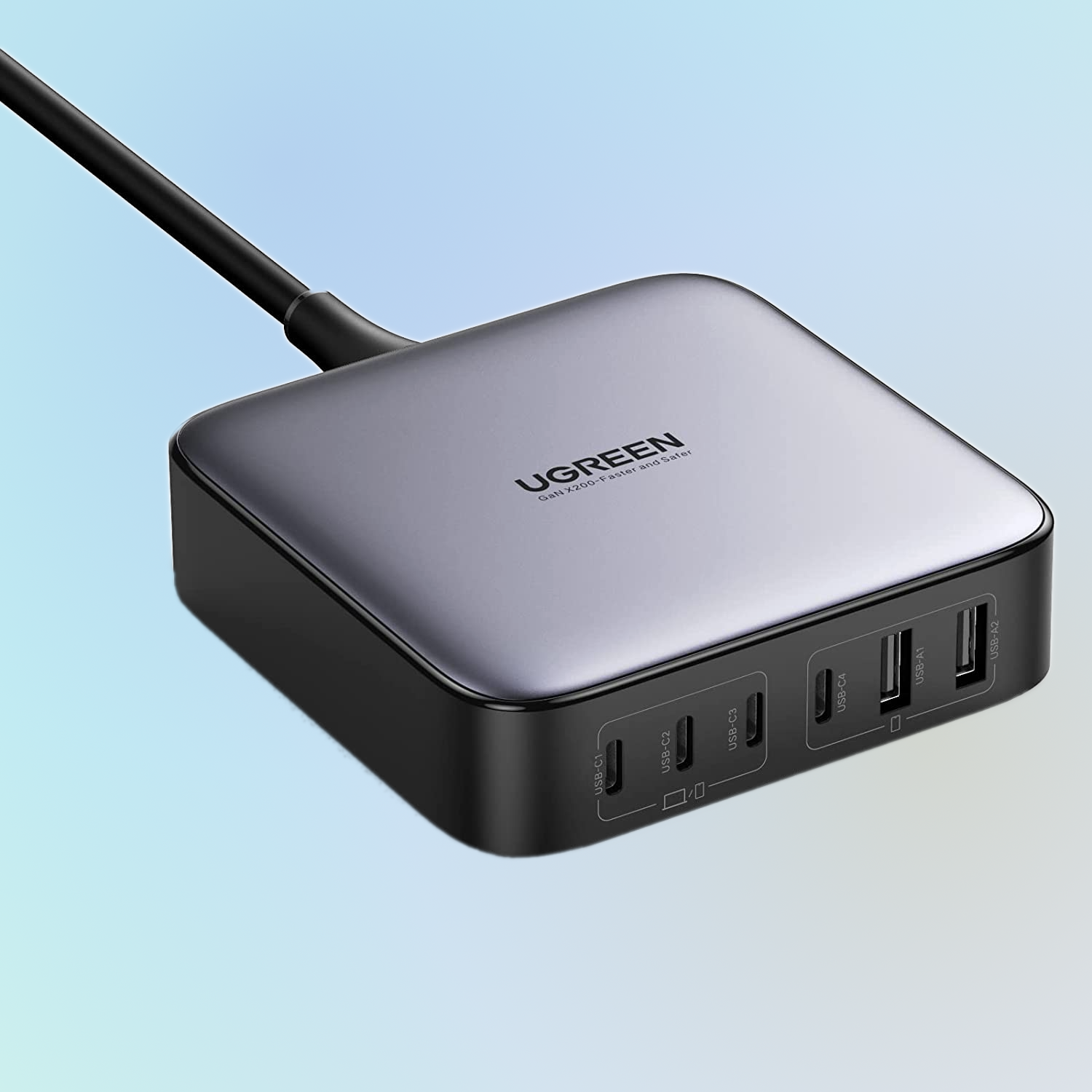
Ugreen
Ugreen Nexode 200w
4. Most powerful multi-port USB charger
-
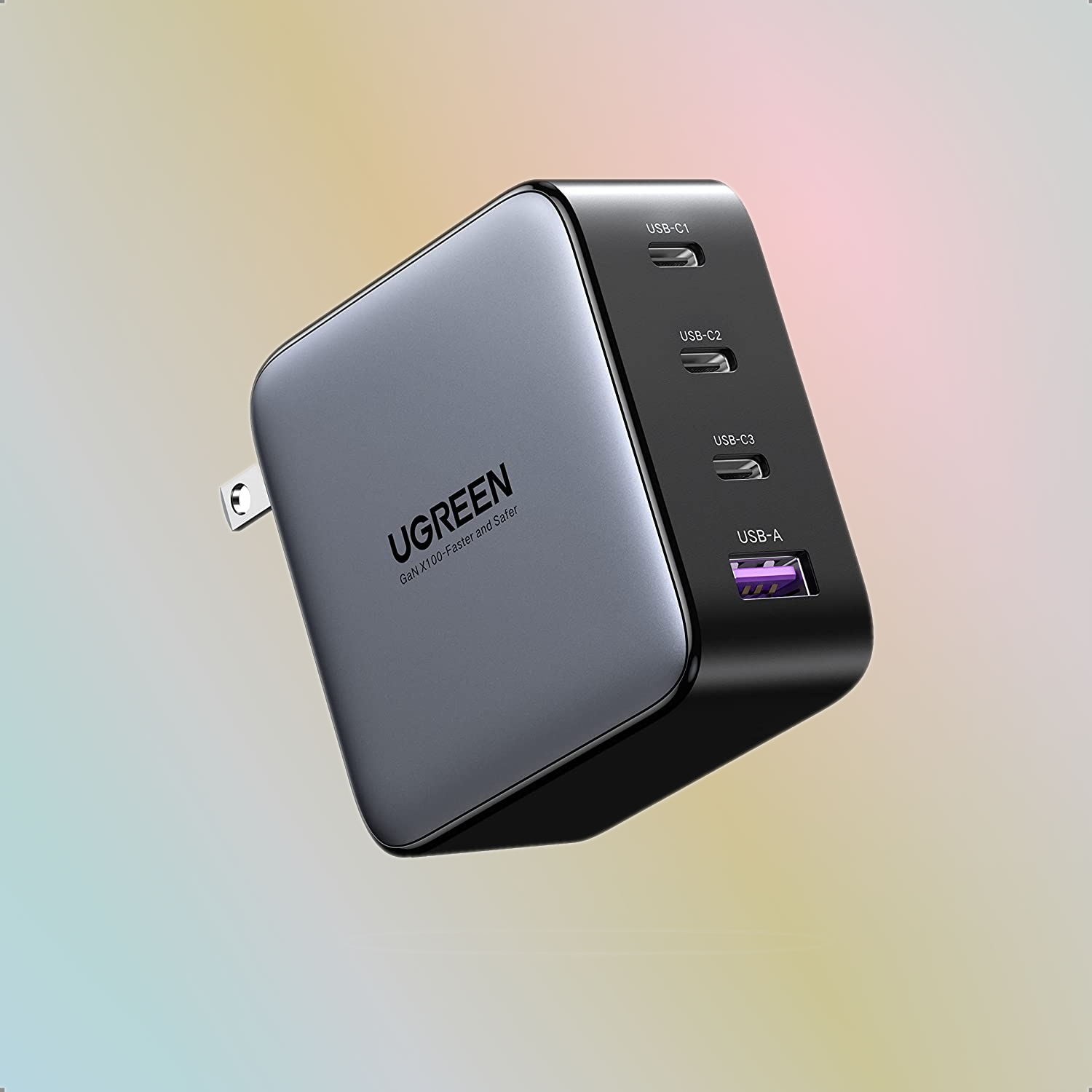
Ugreen
Ugreen Nexode 100W Charger
5. Best overall USB charger
The best single-port USB phone chargers

Shargeek Retro 35w Charger
1. Most unique USB charger
Make charging fun again
$34 $49 Save $15
- Adorable retro design
- Comes with cute stickers and lights up
- Should charge most phones quickly
- It’s a bit bulky for the wattage
- Also slightly pricey for the wattage
You didn’t think a wall wart could be this fun, did you?
Shargeek’s adorable Retro charger is styled after an old Apple Mac in incredible detail, complete with that aging beige colorway. To make things even more exciting, the screen illuminates while charging with different colors corresponding to your charging speed. It even comes packed with a selection of stickers, so you can choose what your little computer is displaying. Its folding prongs also help make it just that much more portable. And while 35W might not be enough for a laptop, it’ll charge most phones at full speed.
Originally $50, you can find one for under $40 from either Shargeek directly or Amazon.

Anker
Anker 511 Charger (Nano 3, 30W)
2. Best compact USB charger
Small but mighty
$18.39 $22.99 Save $4.6
It comes in five colors, the prongs folds into the body, and it’s oh so small because of the highly-efficient Gallium Nitride guts inside of it. Anker’s 30W Nano 3 adapter delivers all the power your new phone needs and then some.
- Smallest on our list to quick-charge most phones
- You can find it for under $20
- 30W isn’t as far as some phones go

Anker
Anker 715 Nano II 65W Charger
3. Most powerful single-port USB charger
Gives you the watts
$33.99 $49.99 Save $16
Anker’s most capable single-port USB-C phone charger is still small enough to carry around everywhere you go. 65W will juice up devices like those from Samsung that support 45W PPS.
- Smallest on our list to quick-charge most phones
- You can find it for under $20
- 30W isn’t as far as some phones go
Anker’s Nano range of wall adapters takes full advantage of Gallium Nitride (GaN), a highly-capacitive material that is more efficient than ones manufacturers have previously used. This means smaller blocks that can fit snugly into your backpack or purse. Add in foldable plug prongs and they’re just perfect little power packages.
The Nano chargers come in four different wattage levels, but we think the 30W Nano 3 and 65W Nano II options pack the best value for punch.
The company touts its proprietary PowerIQ 3.0 technology across multiple site and product listings as cross-compatible with Qualcomm Quick Charge and USB Power Delivery (with PPS support, too). Prices range from $13.99 to $49.99. You may find some extra-sweet discounts if you buy direct from Anker.
The best multi-port USB phone chargers

Ugreen
Ugreen Nexode 200w
4. Most powerful multi-port USB charger
The best of the best
$179.99 $199.99 Save $20
Offering an insane amount of power for up to six devices at once in a relatively tiny footprint, if you want the best USB-C charger that money can buy, look no further.
- 200W spreads across six devices
- Delivers up to 100W simultaneously to two devices
- Supports USB-A and USB-C connections
- Discrete plug head and cable
- $200 is a bit much for an adapter
Emperor Palpatine isn’t the only one who can amass “UNLIMITED POWER” – you can get pretty close with Ugreen’s 200W Nexode multi-port adapter. This absolute unit comes with four USB-C ports and two USB-A ports. It also relies on a dedicated AC cable and plug-head to get to the outlet.
The top two USB-C ports can charge your MacBooks or Windows tablets simultaneously at 100W apiece. The other two Type C ports can individually max out at 65W while the full USB ports cap at 22.5W.
The Nexode 200W adapter costs $199.99 – for the price, you do get a complimentary 1-meter Type C to Type C cable. It supports USB Power Delivery 3.0 (including PPS) and Quick Charge 4+.

Ugreen
Ugreen Nexode 100W Charger
5. Best overall USB charger
The right fit for most people
$49.99 $79.99 Save $30
A smaller, but still powerful four-port wall adapter with integrated folding prongs, Ugreen’s 100W Nexode charger should be the right fit for most people.
- Four ports is enough for most people
- 100W maximum single-device output
- Integrated plug prongs
- Outlet hog, even with GaN
Everyone’s needs differ, and getting the right tool to meet that need is important. Ugreen also makes a four-port 100W adapter under its Nexode brand to fit the bill. This GaN block has an integrated plug-head and features three USB-C ports and one USB-A port. The top two ports can charge at 100W, while the third USB-C and USB-A ports go at 22.5W. When all four ports are in use, the top USB-C port provides up to 45W, the middle one 30W, and the other two 10.5W.
It’s much cheaper than our top option and still provides huge power via USB PD 3.0 (PPS) and Quick Charge 4+ for multiple devices. You’ll find the Nexode 100W adapter for as low as $49.99 at Walmart, but it’ll cost north of $70 at Amazon and Ugreen.
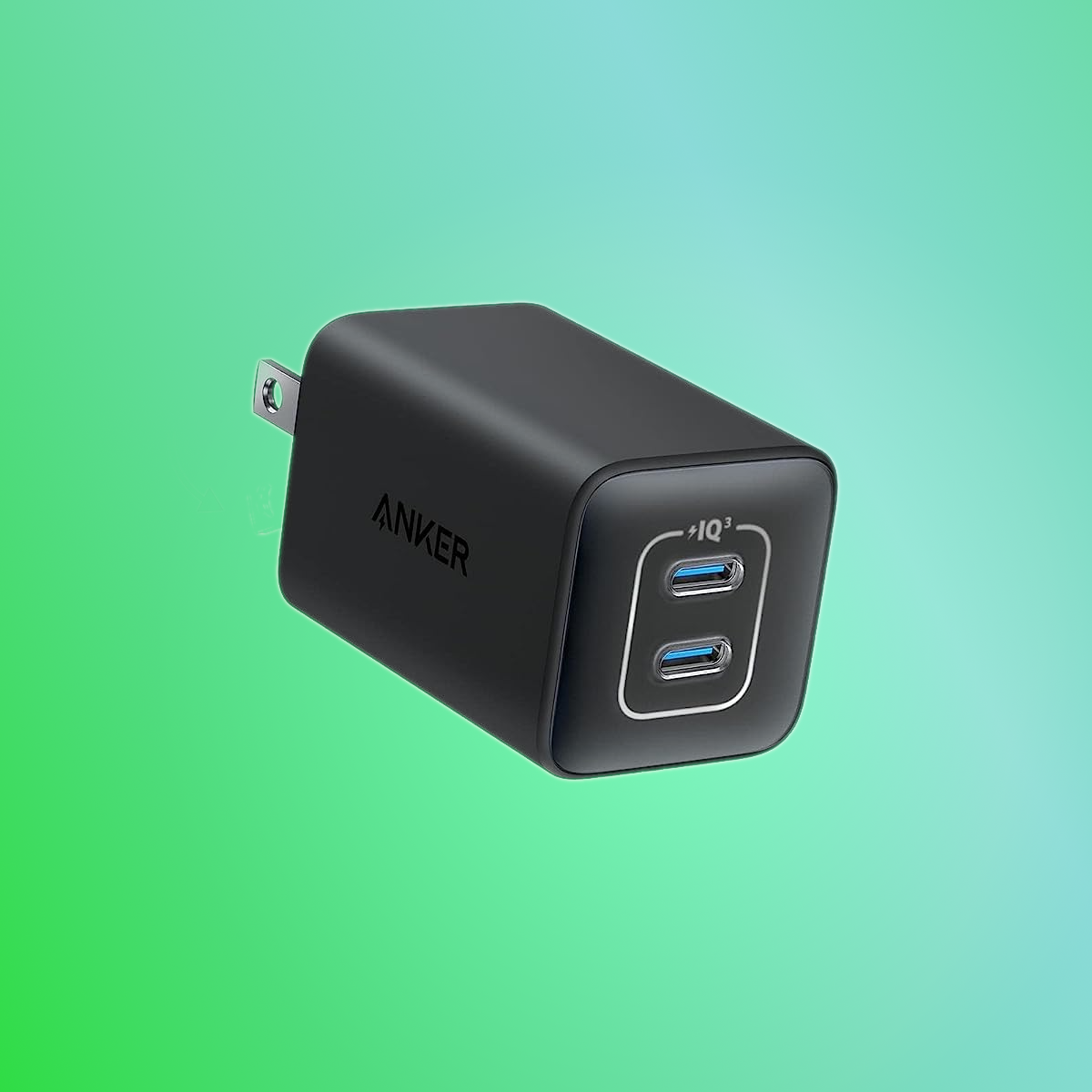
Anker
Anker 523 Charger (Nano 3, 47W)
6. Best compact multi-port USB charger
Lipstick wattage
An absolutely miniscule two-device wall adapter from Anker. This wart from the Nano 3 lineup can charge at up to 45W for one device or 27W and 20W for a pair.
- Can charge one device at 45W
- Or two devices at 27W and 20W
- Balances size with versatility
- Only available from Amazon
Anker also has a GaN adapter in its Nano 3 series that can charge two devices simultaneously via USB-C, pushing a total of 47W to them – that’s 27W for the one connected to the top port and 20W for the other. You can also plug just one device in and get up to 45W. It’s probably the most powerful lipstick-sized item you’ll own.
As it supports Anker’s proprietary PowerIQ 3.0 technology, it should be able to work with USB Power Delivery, PPS, and Quick Charge 4+. Oddly, Anker does not sell this charger on its site. You’ll only find it on Amazon for $29.99.
What to look for when buying a USB phone charger
Regarding USB connector standards, Type C has ruled the day pretty much everywhere. It’s tiny compared to full-size Type A; you don’t need to mind the orientation too much. And long-suffering iPhone owners in Europe will finally be able to upgrade from Apple’s inadequate Lightning standard soon. You’ll likely also have cables with Type A connectors because your laptop or desktop machine has them. It’s a small consideration, but something not to forget.
For chargers with multiple ports, you’ll also need to know the maximum charge rates for each port. There may be a primary port that can deliver an advertised full rate and a lower rate when multiple devices are plugged in. Other ports may only support a lower maximum rate, even if only one device is on the charger.
Most importantly, read up on your device’s specifications. That includes the maximum input it can accept and which charging standards it supports. As we said at the top, some brands – especially those from China like Oppo, OnePlus, and Vivo – incorporate a proprietary charging technology like SuperVOOC into their power management stack. In those cases, the wall adapter plays key roles (most importantly as a heat sink) in achieving charge rates of 60W, 80W, 100W, or even more. You can use non-SuperVOOC chargers with those devices, but, at least in the case of OnePlus phones, the fastest you’ll be able to charge with them is at 18W.
Charging acronyms to look for
There are a lot of terms and acronyms to look out for in the charging world, especially when it comes to fast charging. Remember these when shopping, and you’ll have a better experience.
Qualcomm Quick Charge (QC)
Fast, adaptable charging rates have been a priority in the smartphone age. Unlike desktop computers, these are with relatively small masses and more volatile climates. As the market leader (by a wide margin) in mobile application processors, Qualcomm came up with and has iterated on Quick Charge, standardising the voltage and amperage levels that adapters could use to deliver speeds greater than 7.5W to phones and tablets running on Snapdragon platforms.
As of 2020, the latest iteration is Quick Charge 5. It can facilitate charge rates of 100W or more with temperatures up to 10°C cooler than previous versions. A Quick Charge 5 adapter is compatible and can fast-charge devices supporting previous versions. Qualcomm says you shouldn’t have to worry about connector types or the cable you’re using for Quick Charge. More details about cross-iteration compatibility are available from Qualcomm.
USB Power Delivery (USB PD) and Programmable Power Supply (PPS)
The USB Implementers Forum (USB-IF) came up with Power Delivery in 2012 to expand fast charging standardization across more devices – namely, ones that don’t have their power managed by a Qualcomm chip, including phones, laptops, some cameras, and accessories.
USB PD release 3.1, which dates to 2021, brings new specifications for maximum charging speeds between 100W and 240W – enough to even charge the most power-hungry of gaming laptops and changeable charging directionality. Unlike with Quick Charge, you’ll need to ensure that your cable (specifically, a Type-C to Type-C cable) is on the same page as your adapter and device to maximize your benefits. As of mid-2023, manufacturers have yet to get 240W USB-C power adapters out to market, but we can expect them soon enough.
Programmable Power Supply is a substandard of Power Delivery release 3.0. The short version of this is that it plays referee, ensuring the charger isn’t pushing more wattage than the device is requesting. Any extra, unused wattage manifests as heat and stresses the device’s battery. PPS’s goal is to lower that stress and prolong your battery’s useful life. It’s a great feature to have – so great, in fact, Samsung has adopted it into its own-brand fast-charge adapters.
If you’re buying a multi-port charger, you’ll want to check the product manual as some ports may not support the latest Power Delivery standard that was advertised. USB-A ports in particular may only support earlier Power Delivery and Quick Charge specs.
How did we choose these phone chargers?
I and the Pocket-lint crew have put in the research in finding highly-rated adapters that cover a wide range of aspects that differing users value including size, ease of use, power capacity, and device load. Between all of us, we have had experience in using Anker, Ugreen, and Shargeek chargers – not all of them on this list, but enough of them for us to consider those names reliable.
Credit : Source Post

